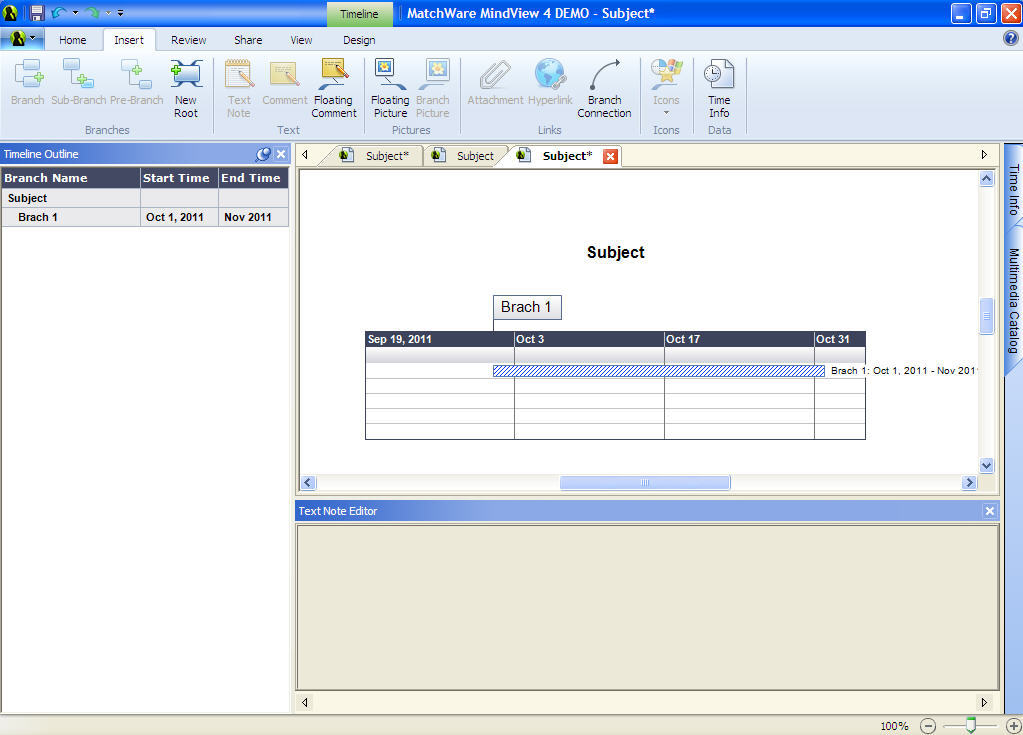

- #MATCHWARE MINDVIEW 4 BUSINESS HOW TO#
- #MATCHWARE MINDVIEW 4 BUSINESS PDF#
- #MATCHWARE MINDVIEW 4 BUSINESS ZIP FILE#
- #MATCHWARE MINDVIEW 4 BUSINESS SOFTWARE#
Using the same starting point the plan might also be managed using a Gantt chart.Īs before, follow the 5 step procedure to create a plan.
#MATCHWARE MINDVIEW 4 BUSINESS SOFTWARE#
Previously, in Managing a Simple Plan, I have illustrated how a simple plan might be managed using MS Outlook and mind mapping software (MindView).
#MATCHWARE MINDVIEW 4 BUSINESS PDF#
Sharing a timeline view is easily done using a PDF export or print. here the example just presents the key information for the garden shed project – the main delivery steps. The trick with timelines views is to filter or focus on just a few tasks at a time or the timeline gets to busy. This gives a good feel for the loading of tasks over time and is often received better by those not familiar or comfortable working with Gantt charts. The advanced export dialogue will allow you to select which task attributes to export, such as start and end dates and completion status.Īn option many people may prefer is to export to Excel.Ī final option, and perhaps one with a more unusual and appealing visual style, is to use the inbuilt timeline view. If the preference is to work with the list using MS Office, the map or outline may be exported to Word. The first thing we can do with a mind map entered into a mind mapping application is to use the outline view to create a simple list. Many people are comfortable working with simple lists. These ideas have been captured, reviewed and refined as a map using software such as MindView.

To draw this to a conclusion here are some ideas for using Word and Excel as well as the inbuilt timeline view within some mind mapping software (in this case MindView).Īs before, the assumption is a quick planning exercise has identified what needs to be done and the tasks to achieve it.
#MATCHWARE MINDVIEW 4 BUSINESS HOW TO#
In examining ideas on action planning for simple or small tasks, I’ve posted recently on how to manage the plans using Outlook and Project in conjunction with mind mapping software.
#MATCHWARE MINDVIEW 4 BUSINESS ZIP FILE#
The visual summary (above) was prepared using MindView and the full MindView map may be downloaded as a zip file by clicking the link: Defining and Assessing Internal Controls and saving the file.Ī MindManager version of the map may be downloaded from either Biggerplate or Maps for That. Ideas such as reporting and monitoring – how do management know that the controls are working – also need to be considered in conjunction with this summary. It aims to pull out the key ideas of what is involved in defining internal controls. This summary is taken from a quick survey of what is available on the subject on the Internet. An action list will result which can form the delivery plan for the next phase of implementation of the control regime. The risks indicated with each issue are be assessed and a decision taken on the response to the risk. Each control is reviewed and any issues logged. Such a list provides the checklist for a review of the health or maturity of the internal control regime in the organisation.Īssessment of the control regime first identifies the critical processes and confirms the associated internal controls. The controls in place (or desired, if yet to be implemented) can be documented quite simply – process by process. Mapping the controls onto business process maps and other documentation is also key and helps training and performance review.

Information systems (or applications) are integral to implementing an effective internal control environment as they provide many features for real time prevention and for logging and reporting of exceptions, rejections and reconciliation. The first attempts to prevent errors arising at all whilst the latter attempts to identify errors for correction “after the fact”. Internal controls follow two main strategies – preventive or detective. This will identify the key business processes where controls are to be applied or assessed. A risk assessment provides further focus, identifying those risks the organisation wishes to reduce and is willing to devote resources to reducing. Using these as guide, the overall control objectives can be defined – taking into account the need to balance the need for control with efficiency. Taking its particular circumstances into account, the first step for an organisation is to define its ‘control environment’ – what are its values and ethics what are its policies and practices its management culture organisational structure the involvement of the Board and audit. Internal control is the process an organisation follows to provide reasonable assurance of the reliability of its financial reporting, its operational effectiveness and efficiency and its overall compliance with laws and regulations.


 0 kommentar(er)
0 kommentar(er)
